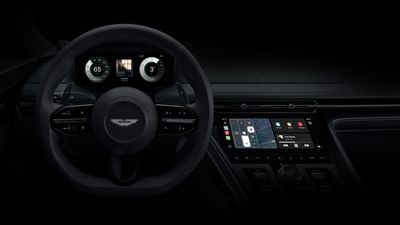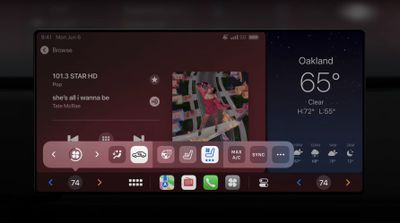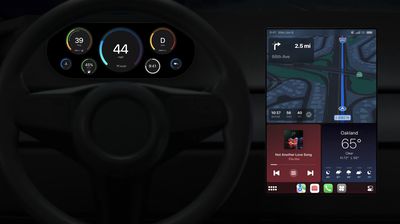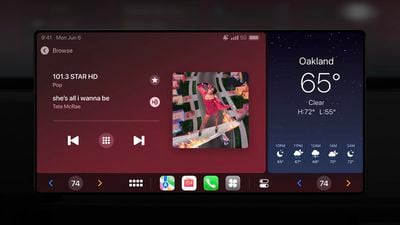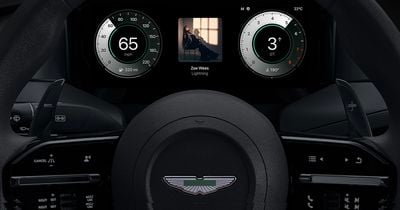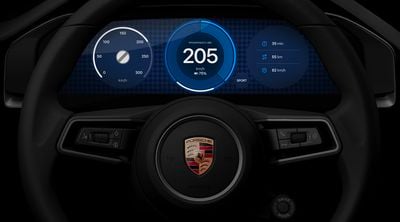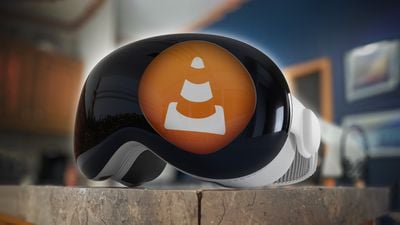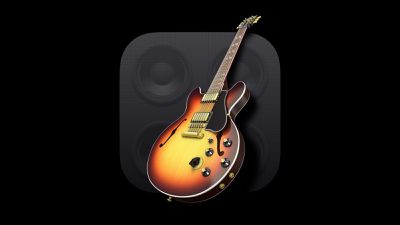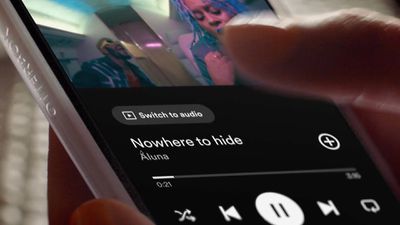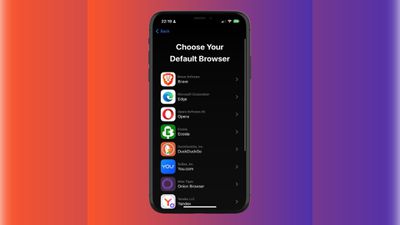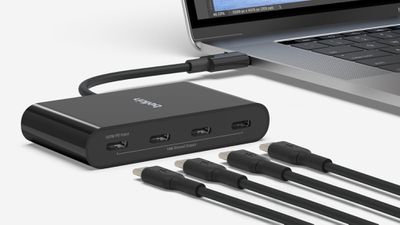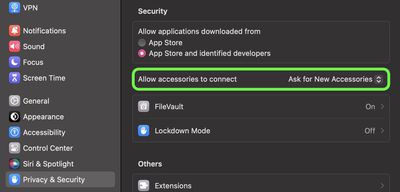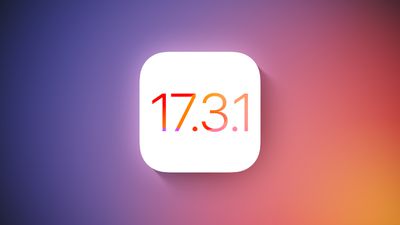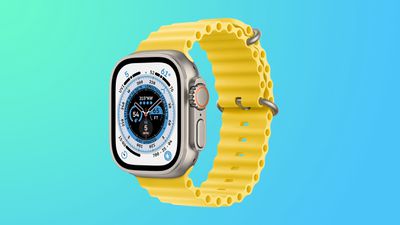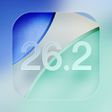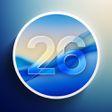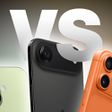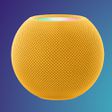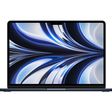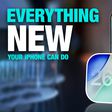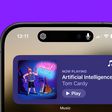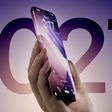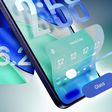Apple's first-generation Vision Pro headset is an "over-engineered devkit" that ships with more sensors than is necessary to deliver Apple's intended experience. That's according to Hugo Barra, former VP of Android and head of Meta's phased-out Oculus headset brand.
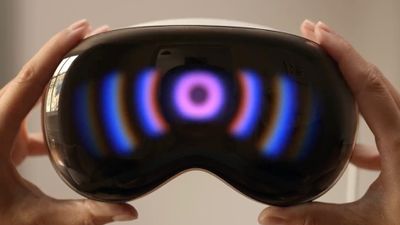
Barra, who oversaw the Oculus team in 2017 after it was acquired by Facebook, has published a surprisingly balanced in-depth analysis of Apple's spatial computing device, which is well worth a read. But a couple of reflections are worth highlighting.
Barra notes that Apple has packed Vision Pro with an impressive six tracking cameras, two passthrough cameras, two depth sensors, and four eye-tracking cameras. This "over-spec'ing," says Barra, is "characteristic of a v1 product where its creator wants to ensure it survives the hardest tests early users will no doubt want to put the product through."
Apple's decision to over-spec the Vision Pro, however, inevitably makes the headset weigh over 600 grams, and "makes it difficult for most people to wear it for more than 30-45 minutes at a time without suffering a lot of discomfort."
Because of its heavy weight, Vision Pro has inevitably landed in the world as a high-quality "devkit" designed to capture everyone's curiosity, hearts & minds with its magic (especially through the voice of enthusiastic tech influencers) while being realistically focused on developers as its primary audience. In other words, the Vision Pro is a devkit that helps prepare the world to receive a more mainstream Apple VR headset that could have product-market fit in 1 or 2 generations.
Bloomberg's Mark Gurman believes Apple is working on multiple new Apple Vision models, exploring both a low-cost version and a second-generation version. With the low-cost version, Gurman believes Apple will eliminate the EyeSight feature and the M-series chip, using more affordable components.
In another notable claim, Barra reckons Apple has made the Vision Pro experience intentionally blurry in order to hide pixelation artifacts and make graphics appear smoother, which he sees as a "clever move" by Apple.
One of our biggest product positioning struggles within the Oculus VR team from the very beginning — especially when trying to convince reviewers — was always related to having underwhelming displays. Every single Oculus headset that ever shipped (including the latest Quest 3) has suffered from resolution/pixelation issues varying from "terrible" to "pretty bad". It's like we're living in the VR-equivalent world of VGA computer monitors.
By making the Vision Pro optics slightly out of focus, Apple has achieved "way smoother graphics across the board by hiding the screen door effect (which in practice means that you won't see pixelation artifacts)." However, Barra laments the Vision Pro's "significant motion blur and image quality issues that render passthrough mode unusable for longer periods."
Barra claims that it was this motion blur in passthrough mode that was one of the many reasons why he decided to return his Vision Pro. "It's just uncomfortable, leads to unnecessary eye strain, and really gets in the way of anyone using the headset for longer periods of time," he adds.
You can find Barra's lengthy write-up of his experience with Vision Pro over on his blog. Apple Vision Pro starts at $3,499 in the United States, with the device expected to launch in more countries later this year.


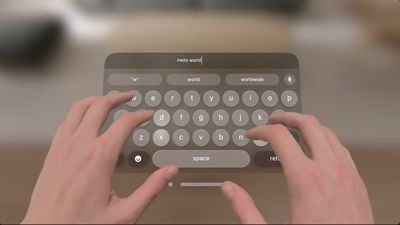



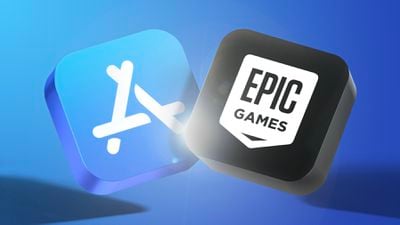

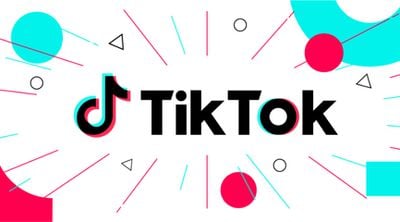
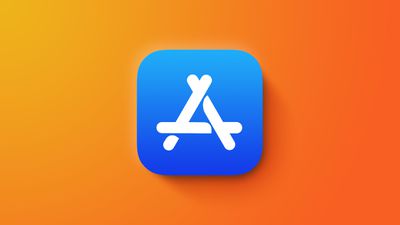
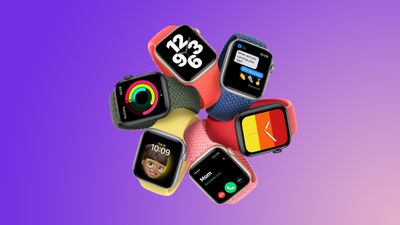 Note: MacRumors is an affiliate partner with Amazon. When you click a link and make a purchase, we may receive a small payment, which helps us keep the site running.
Note: MacRumors is an affiliate partner with Amazon. When you click a link and make a purchase, we may receive a small payment, which helps us keep the site running.

